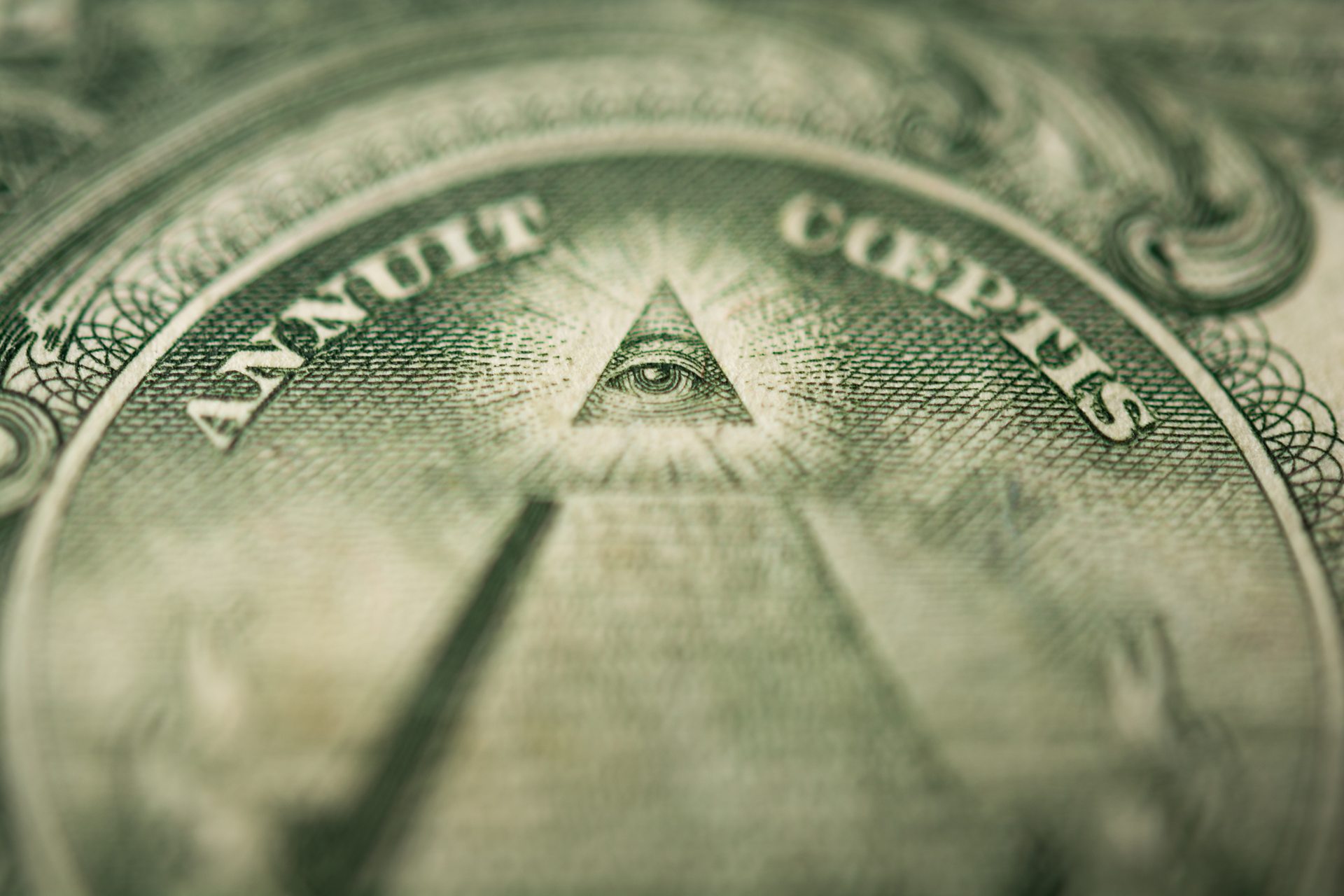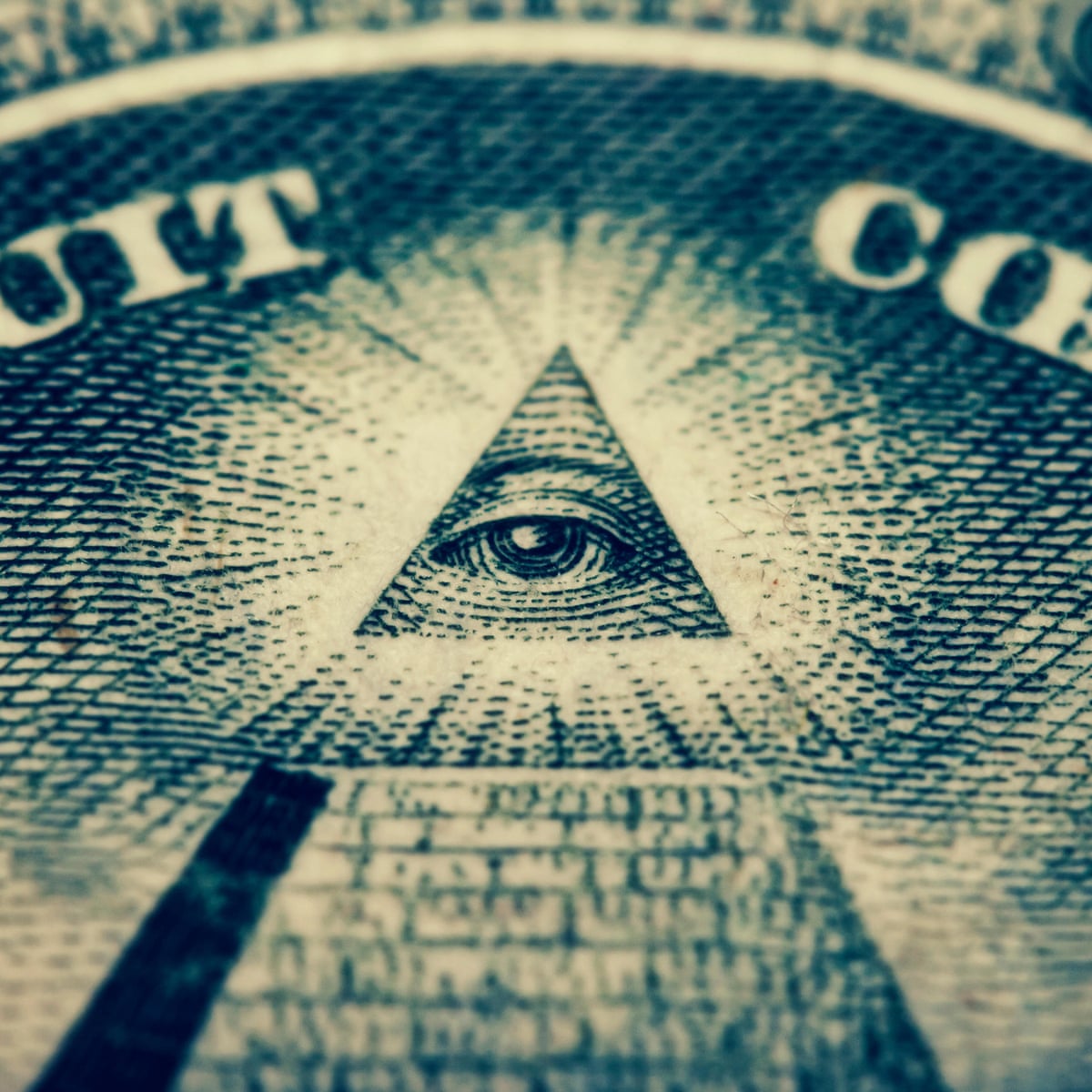Discover the Secrets Behind the copyright and Their Influence on Culture
The copyright, typically shrouded in myth and conjecture, provides an interesting situation research study of exactly how historical ideals can morph right into modern conspiracy theory concepts. As we explore its origins, influence on revolutionary thought, and portrayal in contemporary culture, we begin to uncover the layers of intrigue that proceed to astound culture.
Origins of the copyright
The copyright, commonly shrouded in secret and conjecture, traces its beginnings back to the late 18th century. Established in 1776 in Ingolstadt, Bavaria, the group was founded by Adam Weishaupt, a teacher of canon law. Weishaupt aimed to promote Knowledge values, including factor, secularism, and the splitting up of church and state. Known as the Bavarian copyright, the company's main goal was to counter the prevailing impact of religious conviction and advertise intellectual discourse amongst its participants.
The copyright took on an ordered structure, attracting motivation from Freemasonry, which enabled deceptive meetings and rituals - how to become a freemason. Subscription was careful, encompassing influential numbers from various areas, including national politics, philosophy, and scientific research. This elite network sought to effect social and political adjustment via clandestine methods, advocating for the legal rights of people and the betterment of society
Despite its fairly short existence, the Bavarian copyright was officially disbanded in 1785 because of federal government reductions. However, its legacy withstood, giving increase to countless conspiracy theories and pop culture references that remain to prompt intrigue and debate regarding its influence on contemporary society.
Trick Misconceptions and Misconceptions
Among the appeal of secrecy bordering the copyright, various myths and false impressions have actually emerged, usually misshaping the team's real nature and objectives. One prevalent myth suggests that the copyright manages the globe's federal governments and economic situations. While it holds true that the team aimed to influence social frameworks, the idea that it runs as a natural worldwide creature master is mainly exaggerated.
One more usual mistaken belief is that all participants of the copyright possess huge wide range and power. In reality, the original copyright made up pundits and Knowledge thinkers, much of whom sought reform as opposed to supremacy. Additionally, the concept that the copyright exclusively recruits celebs and political numbers is deceiving; membership has actually traditionally included a varied array of people.
Furthermore, conspiracy theory theories frequently repaint the copyright as a sinister organization bent on international dominance through villainous means. This portrayal ignores the team's original objectives, which fixated advertising rational thought and combating spiritual fascism. The conflation of the copyright with modern conspiracy theories continues misconception, obscuring the historical context and evolution of the team's ideals. Thus, dividing truth from fiction is crucial for a clearer understanding of the copyright's function in culture.
Historical Impact on Society
Throughout history, various intellectual movements have profoundly affected social frameworks, and the copyright played a significant duty throughout the Enlightenment. Started in 1776 in Bavaria, the copyright aimed to advertise reason, secularism, and the wondering about of developed authority, countering my blog the supremacy of religious dogma. This organization attracted significant thinkers and supporters of liberty, cultivating a setting for the circulation of Enlightenment suitables.
The copyright's principles championed rational thought and empirical proof, which added to the wider intellectual landscape that motivated social reform and political adjustment. Participants sought to improve society by promoting for education and learning, liberty of expression, and the splitting up of church and state. Their clandestine nature and ambitious agenda sparked both intrigue and suspicion, bring about their eventual reductions by the Bavarian federal government in 1785.
Regardless of their dissolution, the legacy of the copyright persisted, affecting advanced motions throughout Europe and the Americas. Their commitment to enlightenment principles helped lay the foundation for contemporary democratic perfects and human rights, leaving a lasting imprint on the foundations of modern culture. how to become a freemason. The allure of their secretive events and thoughtful pursuits remains to astound the creative imagination, underscoring their historic importance
Modern Interpretations and Beliefs
Contemporary interpretations of the copyright typically blend historic reality with conspiracy theories, creating a complicated tapestry of beliefs that record preferred creative imagination. While the original copyright was a Bavarian secret culture established in 1776 with Enlightenment ideals, modern-day ideas have developed to encompass a broad array of interpretations, commonly concentrating on themes of control and secrecy.

In published here addition, some modern analyses presume that the copyright acts as a metaphor for the battle in between enlightenment and lack of knowledge, with supporters advertising recognition and important thinking as a way to combat viewed oppression. home This duality-- watching the copyright as both a literal and symbolic entity-- highlights the recurring fascination with the principle, mirroring much deeper societal anxiousness regarding power, transparency, and individual autonomy in the contemporary world.
The copyright in Pop Culture
The copyright has penetrated various aspects of popular society, materializing in literature, movie, songs, and art as a sign of intrigue and enigma. This secret society, frequently depicted as a shadowy force controling international occasions, has motivated countless stories that discover styles of power, conspiracy, and surprise knowledge.

Songs, as well, has been affected by the idea of the copyright. Musicians like Jay-Z and Beyoncé have actually dealt with speculation concerning their affiliations with the society, triggering discussions regarding meaning in their work and the nature of popularity.
Aesthetic art often integrates copyright motifs, with musicians utilizing signs like the Eye of Divine superintendence and the pyramid to evoke a sense of mystery. With these different tools, the copyright offers not only as a subject of speculation yet likewise as a lens through which society analyzes its own complexities and fears.
Final Thought

Comments on “Exploring the Key Benefit of Joining Freemason for Lifelong Friendships”